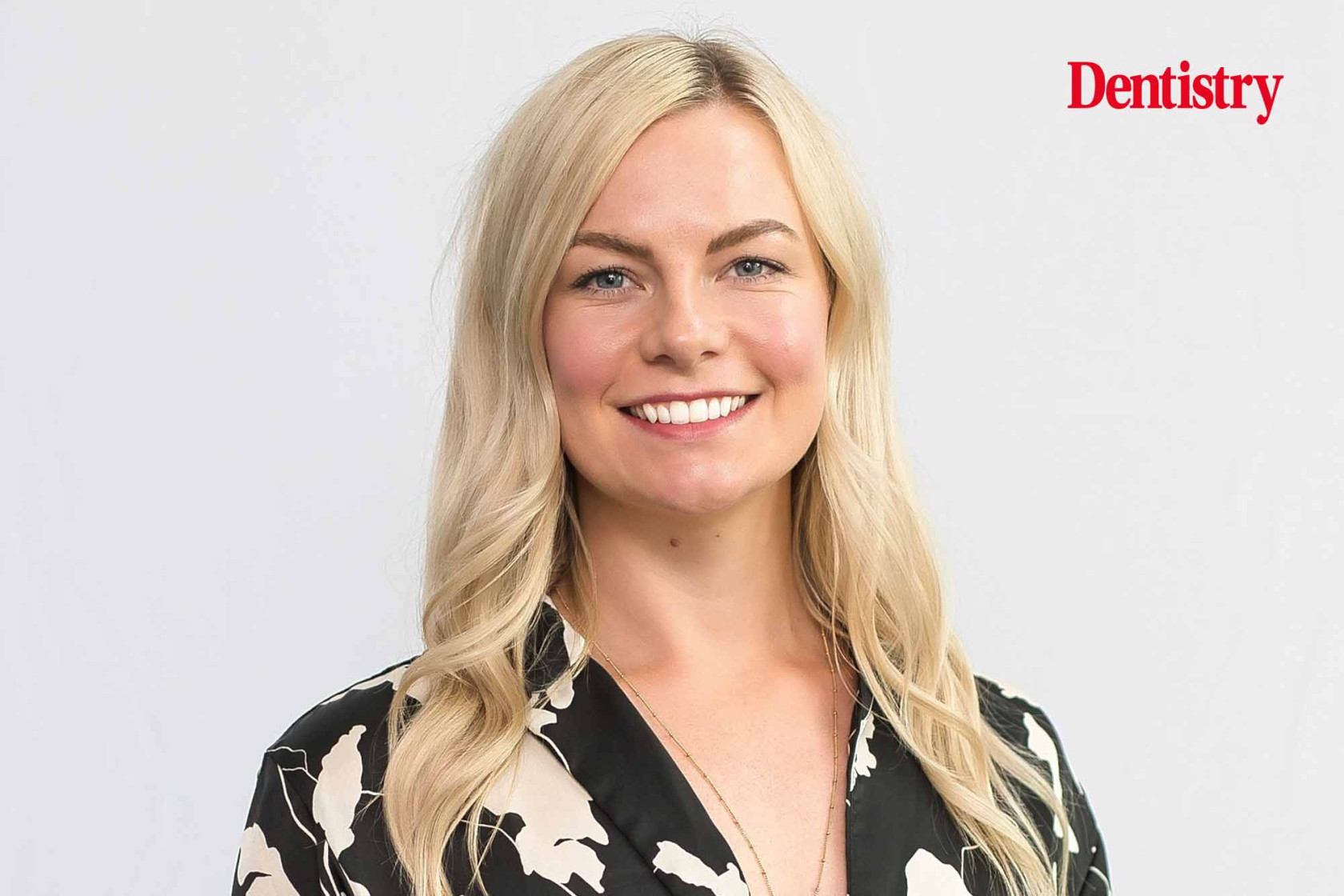Recruiting during a recruitment crisis

In this series of articles, we’re covering our experiences of opening a squat practice.
We are focusing on some of the challenges in the early days of running a new practice, one of which being recruitment. In the space of just over a year, we’ve gone from a team of four to 24 and here, we discuss some considerations when planning your team.
Clinician recruitment
Two of the hardest things to predict are how busy your practice is going to be on day one and how quickly you’re going to grow. This has obvious implications on the number of clinicians you need to hire, along with nursing and front of house (FOH) support.
An early consideration in this decision is what type of practice you want to be running. We had the vision of growing a practice for general patients, but also providing a specialist referral service; therefore, we needed specialist clinicians in every field of dentistry.
As a practice owner, you have to appreciate that when you’re hiring clinicians, they’re taking an ‘appointment risk’. This means they are giving up time in a practice elsewhere where they may be guaranteed to be busy, to work in a practice with no patient list or goodwill.
This can be especially relevant with specialist clinicians who have spent a huge amount of time and money on further education, and only have a certain number of hours in a week to dedicate to treating patients, along with typically teaching or working in a hospital setting.
It’s therefore important to appreciate that if they are giving you a day out of their diary to work at your practice, you want to ensure they’re busy.
Deciding on a schedule
The number of days that this dentist gives you a month should also be balanced with how long a patient has to wait.
If a specialist clinician starts on too many days a month, they won’t be that busy, but if they give you too few days, their list won’t grow because patients won’t be prepared to wait and will go elsewhere.
For many of our specialists, we started off one day a month, which quickly turned into multiple days a month.
If a specialist is so in demand they can’t provide the number of days you need once their diary is full, you may need to consider getting a second specialist in that field.
This will be different with general dentists and our feeling is that they need to offer at least a day or two a week.
You can’t just rely on marketing to build a list of general patients – you need to grow a local reputation and be flexible with your availability. Otherwise, your patients will end up seeing a different dentist if you can’t provide the hours they need.
Creating high morale
In many squat practices, the owner is a dentist working at the practice. This principal dentist has to decide how many days they want to work at the squat.
In the ideal world, they would have complete flexibility to see patients when they want to be seen, but in a world where finances need to be considered, they may want to work in their current practice to earn the funds to fuel their new squat practice.
The dentists starting to work at a squat practice need to have a little faith that their diary will grow.
As a practice owner, you need to show the dentists that you’re working hard to get the diary busy with marketing efforts.
We feel it also makes a difference to your dentists’ loyalty by providing the environment that they want to work in.
This is going to be a combination of factors: providing the appropriate equipment, highly trained support staff, triaging patients appropriately, appropriate remuneration, management solutions, diary flexibility, listening to changes the dentists require and much more.
Management recruitment
The recruitment of your nursing and FOH team is another consideration. It would be ideal to overstaff in both, but anyone with a squat practice will realise the eye-watering financial implications of setting one up.
This, combined with the fact that you have limited patients coming through the door, means you’ll be injecting money into the business every month. One simply can’t afford the luxury of overstaffing.
At Fulham Road Dental, we began our management structure as a team of four. The practice principals Mark and George, a full-time nurse brought over from George’s other practice, and a receptionist with the potential to help run the practice.
It takes a huge amount of flexibility from the early team to wear many management hats, be flexible with working hours, and provide solutions outside their usual scope of work. We also hired part-time help with marketing.
At the bare bones of support staff, you’ll at least need a full-time nurse, full-time receptionist, and someone to handle the management who may also be the principal dentist.
We have previously talked about the benefits of a practice owner partnership to help break down roles, due to the huge amount of work that needs to be done.
As our practice grew over the last year, we’ve added further roles in the form of a new patient manager, a full-time practice manager and full-time marketing manager.
Nursing recruitment
Your head nurse who starts at the practice will likely not only be nursing when needed to, but also be responsible for a gargantuan amount of tasks, including setting up the rooms when you open, ordering equipment and consumables, taking stock, communicating with engineers and mechanics – the list is endless.
You’ll at least need a nurse for every room running with a dentist. If you’re planning on opening a specialist practice, it’s likely you’ll have days where there’s a general dentist and a specialist on the same day – so you’ll need to quickly consider a second nurse, be it part time or full.
There are benefits of overstaffing in this role, but it’s a luxury probably only afforded to a more mature practice.
Our feelings are that if you have ‘X’ number of surgeries in use (even if one is a hygienist), it’s nice to have ‘X’ plus one nurses working full time.
This will give some flexibility when it comes to dentists working outside of usual working hours in evenings and weekends or for holiday and illness.
As a three-surgery practice, we currently have four full-time nurses.
The right fit
Recruitment is always going to be a big challenge. You’ll need to find team members that both fit in with the logistics of your practice and with your values and ethos.
It takes an incredible amount of teamwork, enthusiasm and flexibility by every team member to create a fruitful working environment, and not every candidate you interview will be right for your practice.
This could be seen more challenging in a squat practice when you’re coming up with new management protocols and encountering new challenges the whole time, as people will need to be prepared to work outside of their typical defined job roles.
Don’t forget that it’s inevitable that your staff has to take time off for illness, pregnancy and even the odd pandemic. Recruitment is more of an art than a science and you’re not going to get every hire right.
The important point is not to compromise on your values as a practice owner and address any issues you encounter with a team member early on. Don’t let them fester or they’ll be more difficult to manage later on.
Finally, don’t be shocked if a staff member doesn’t work out. It’s part of the process of building a strong team with a great team culture.




